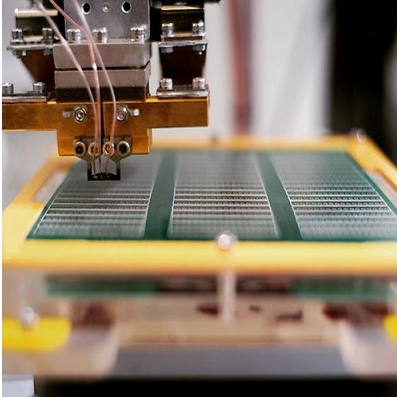1) SMT cold welding defect solution
(1) Adjust the reflow temperature curve, set a suitable reflow time and a suitable peak temperature;
(2) Check whether the conveyor belt is too loose, adjust the conveyor belt to make the transmission stable; check whether the motor is faulty; accelerate the cooling to make the solder joints solidify quickly;
(3) Use a flux with appropriate activity or increase the amount of flux appropriately. Improve the incoming inspection system, and pay attention to the storage environment of components and PCB;
(4) Do not use inferior solder paste, formulate solder paste usage regulations to ensure the quality of solder paste.
2) Solutions to non-wetting defects
(1) The reflux temperature curve should be adjusted appropriately, and nitrogen protective gas should be used as much as possible;
(2) Choose the solder paste that meets the requirements;
(3) The incoming material inspection system should be improved, and attention should be paid to the storage environment of components and PCBs.
3) Solutions to wicking defects

The bottom heating method can be used to melt the solder, the pads are wetted first, and the pins become hot later. If more bottom heating is not allowed due to the limitation of the reflow soldering design, the temperature can be increased slowly to transfer the heat to the PCB more evenly, thereby reducing the wicking phenomenon.
4) Solutions to solder crack defects
(1) Adjust the temperature curve, slowly increase the temperature and reduce the cooling rate;
(2) Do not use inferior solder paste, formulate solder paste usage regulations to ensure the quality of solder paste.
5) Tombstone defect solutions
(1) Ensure that the two solder ends of the component enter the reflow limit line at the same time, so that the solder paste on the pads at both ends will melt at the same time, generate a balanced tension, and keep the component position unchanged;
(2) Design strictly according to the principle of pad design, pay attention to the symmetry of pads and pad spacing;
(3) Frequently scrub the template to remove the solder paste in the leakage holes of the template; the size of the template opening is appropriate;
(4) Reasonably design the PCB circuit and adopt appropriate reflow methods;
(5) Improve the placement accuracy, correct the placement coordinates in time, and set the correct component thickness and patch height;
(6) Strict incoming material inspection system and strictly carry out the first post-weld inspection.
6) Solutions to offset defects
(1) Strictly control each process in SMT production;
(2) Pay attention to the storage environment of components and PCB;
(3) Use proper active and proper amount of flux, etc.
7) Solutions to solder ball defects
(1) Adjust the reflux temperature curve and control the temperature rise rate of the preheating zone;
(2) Control the quality of solder paste;
(3) The solder paste should be used after reheating;
(4) Use a qualified template; adjust the distance between the template and the surface of the printed board to make it contact and parallel;
(5) Strictly control the PCB printing process to ensure the printing quality;
(6) Increase the height of the Z-axis of the placement head to reduce the placement pressure.
8) Solutions to bridging defects
(1) Reduce the thickness of the template or the size of the opening;
(2) Use solder paste with proper viscosity and good thixotropy;
(3) Improve printing accuracy;
(4) Increase the height of the Z axis of the placement head;
(5) The PCB pad design is reasonable.
9) Hollow defect solutions
(1) Control the quality of solder paste and formulate regulations on the storage and use of solder paste and components;
(2) Set a suitable temperature curve.
10) Solutions to the defects of popcorn phenomenon
(1) Strengthen material management and carry out dehumidification treatment;
(2) Increase the temperature slowly and reduce the peak temperature.